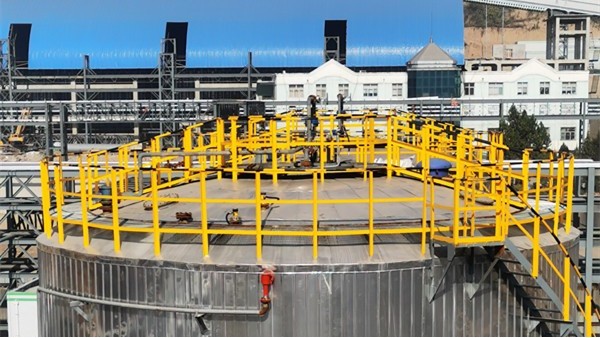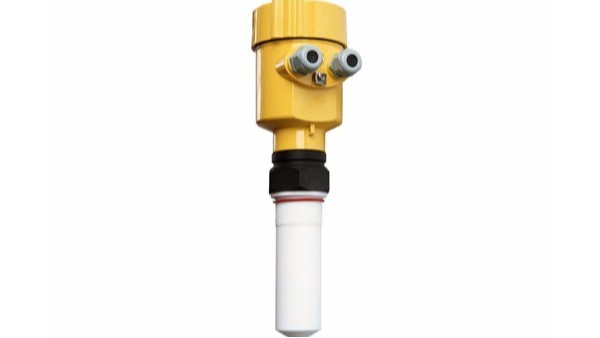In recent years, the level of industrial automation continues to improve, the radar level meter in the measurement of chemicals and auxiliary substances storage tanks are more and more widely used. However, in the actual application, due to the influence of various factors, the measurement often faces many difficulties. This paper will focus on these difficulties and analyze them.

Difficulty 1: The influence of complex media in the tank, radar waves in the propagation process, when encountered in the medium will produce reflection and refraction, thus affecting the measurement accuracy. For the tank containing a large number of suspended solids, foam, or steam medium, the radar wave propagation path is prone to interference, resulting in increased measurement error. In addition, some chemical substances have the property of absorbing or scattering radar waves, which will also affect the measurement results.
Difficulty 2: The limitations of tank shape and installation location, different shapes and structures of the tank have different effects on the propagation of radar waves. For example, spherical tanks can cause multi-path reflections of radar waves, thus increasing the difficulty of measurement. In addition, the installation location is also a major challenge. If the radar level meter is installed near the inlet or outlet of the tank, the radar wave propagation path will be interfered with by the flowing material, resulting in inaccurate measurement.
Difficulty 3: The influence of temperature and pressure, the temperature and pressure changes in the tank will have an impact on the propagation speed of the radar wave, which in turn affects the measurement accuracy. Especially in high-temperature and high-pressure environments, this effect is more significant. Therefore, how to reduce the impact of temperature and pressure on the measurement of radar level meters is an important issue that needs to be solved in practical applications.

A chemical plant needs to accurately measure its liquid ammonia storage tanks to ensure safe production. Due to the corrosiveness and toxicity of liquid ammonia, the requirements for measurement equipment are extremely high. After many comparisons, a radar level meter with explosion-proof and anti-corrosion function was finally selected.
In the installation process, to avoid the radar wave being interfered with by the inlet and outlet, a suitable installation position was chosen and calibrated several times. To ensure the measurement accuracy, special attention was also paid to the changes in temperature and pressure in the storage tank, and certain compensation measures were taken.
After a period of operation verification, the radar level meter in the liquid ammonia storage tanks in the measurement of excellent performance, and accurate and reliable measurement results.

Radar level meters face many difficulties in the measurement of chemical and auxiliary substances storage tanks. To obtain more accurate measurement results, it is necessary to fully understand the impact of the measured medium, tank structure, and working conditions on radar wave propagation.
In practical applications, the selection of radar level meters with stable performance, strong adaptability, and easy maintenance, as well as the adoption of appropriate installation and calibration measures, is the key to improving measurement accuracy.
